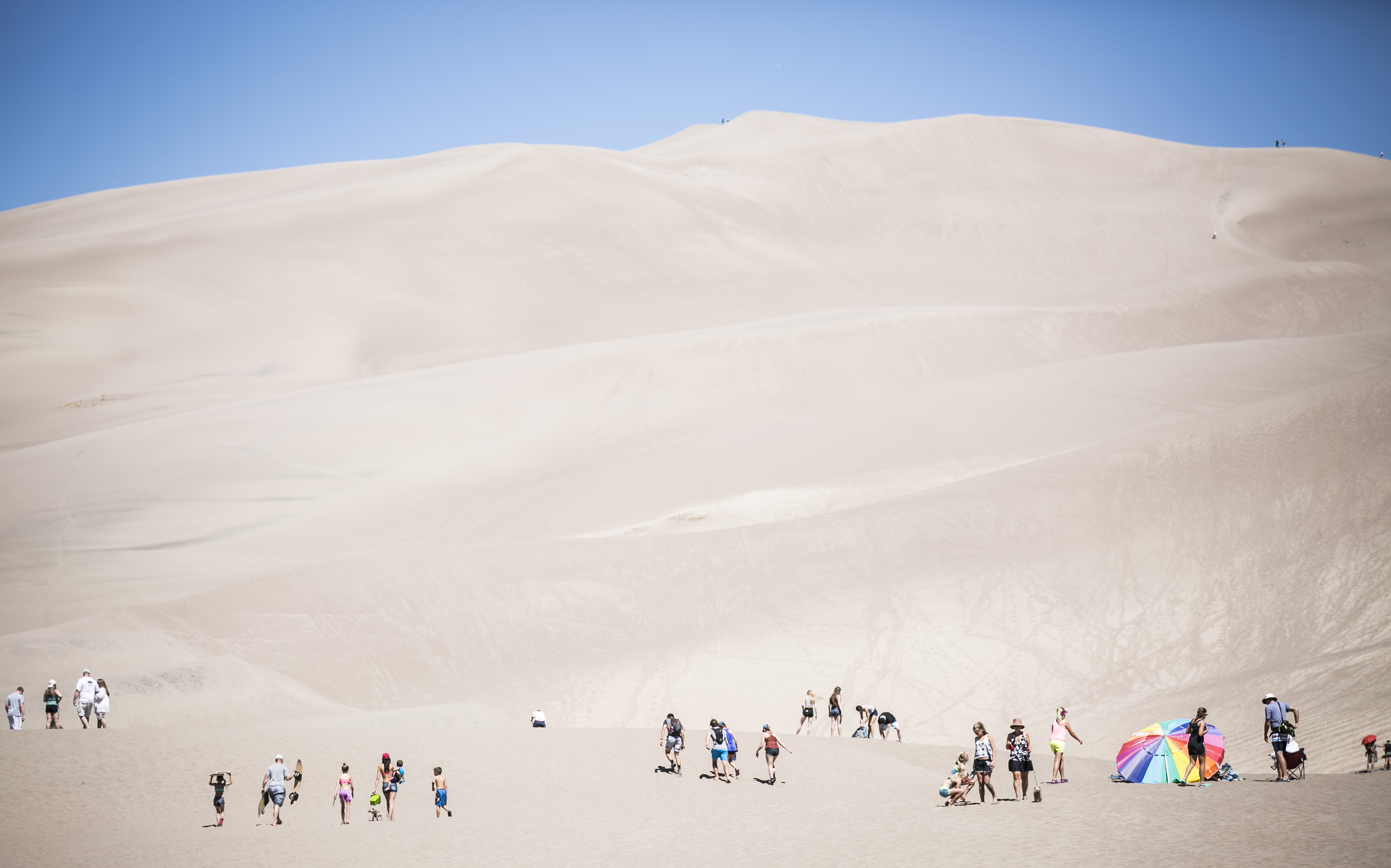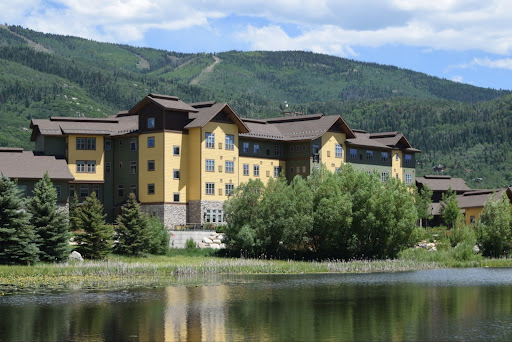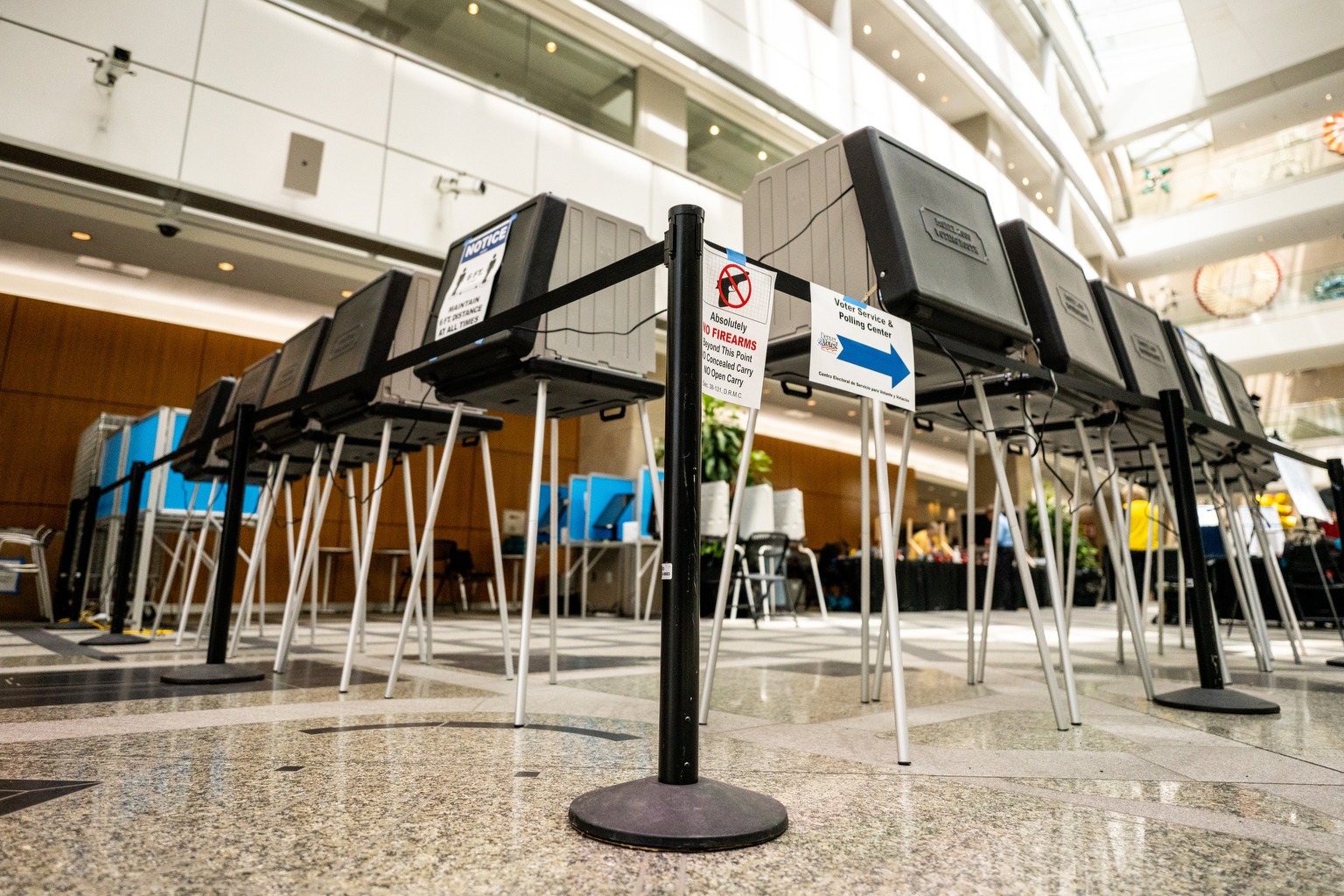
CPR News is engaged in a long-term reporting project on how climate change is affecting Colorado, what's being done to address those changes and more. Recently we focused on what experts are seeing and doing in the four national parks within our borders. We also want you to tell us what questions you have about climate change in Colorado. You can connect with us through our Public Insight Network, Facebook, Twitter and Instagram pages. You can also email us at [email protected].
Rocky Mountain National Park

In the state’s oldest national park there’s been a 3.4 degree increase in average annual temperature over the last century. Snow melts two to three weeks earlier than it has in the past. The American pika’s alpine habitat has decreased and it could be extinct by 2100. The mountain pine beetle has now affected about 90 percent of forested areas inside the park. And algae blooms have come to some high alpine lakes for the first time in recorded history. Read and listen to the full story here.
Black Canyon of the Gunnison

Summers have always been warm at the Black Canyon. But the park's average annual temperature has gone up nearly 3 degrees since 1896. That's led to the climbing season, which has always seen a dip from mid-June to early September, to be pushed earlier and later in the season. And in a park known for its long climbs, shorter days can complicate an already dangerous sport. Read and listen to the full story here.
Mesa Verde

Think of this Four Corners preserve and you probably imagine iconic cliff dwellings sketched in sandstone. Those homes were built by the Ancestral Pueblo before they left the area in the late 13th Century. Climate change may be putting some of those dwellings in jeopardy. The structural integrity of Spruce Tree House, one of the Southwest’s most popular archeological attractions, is a particular worry. Read and listen to the full story here.
Great Sand Dunes

The park’s average annual air temperature has held steady around 42 degrees for more than 100 years. But one climate model from the park service says that unless the world’s carbon emissions drop by 40 to 70 percent, temperatures at the park could rise by up to 9 degrees by 2100. So the emphasis at this park is on preparing for what climate change may have in store, including the survival of a rare fish. Read and listen to the full story here.
Related Conversations From Colorado Matters
National Park Service Director Jonathan Jarvis
On the impact of climate change: "A good example in Rocky Mountain National Park, of course, is that, you know, with winters not being as cold as they were, we're seeing beetles in particular be able to live through the winter, and as a result have a much greater kill on the forest which then allows fires to burn more intensely and longer seasons.
"And that is ultimately going to change the forest structure in Rocky Mountain National Park. So we have to begin to anticipate and maybe even have to be more aggressive about replanting certain tree types in order to retain that forest type than perhaps we were in the past. So there is a little bit more requirement for management action in advance of this kind of thing." Listen to the full conversation here.
RMNP Ecologist Paul McLaughlin
On delivering the message about climate change in the face of political opposition: "It's important to listen to other points of view ... what we try to do is present the facts. What we try to do is present tangible examples of how the science shows that climate change is affecting the environment in Rocky Mountain National Park -- and then people are entitled to come to their own conclusions." Listen to the full conversation here.
NPS Ecologist Gregor Schuurman
Is there a noticeable difference between 74 and 78 degrees? The National Park Service says there is -- and they can prove it. As the mercury rises, there comes a point when people stop coming to visit the parks, Schuurman says. "Think about it like a parabolic curve, that starts low, goes up, and then drops back down...it's a fairly sharp drop." Listen to the full conversation here.
NPS Anthropologist Marcy Rockman
On learning from the past: In the early 20th century, the Chumash, a Native-American tribe living in Central California, began each year waiting for the "battle" between the coyote and the sun. If the coyote won, the tribe would experience a good year. If the sun was victorious, there would be drought.
"Ask yourself -- how would we respond to that today?" says Marcy Rockman, an anthropologist with the National Park Service. "Would we organize our lives differently if every year when the ball drops in Times Square at New Year, if it cracks to the left, it's gonna be a good year on Wall Street, or if it cracks to the right, it will be bad. Would we think differently, are we organized enough to deal with that level of uncertainty?"








